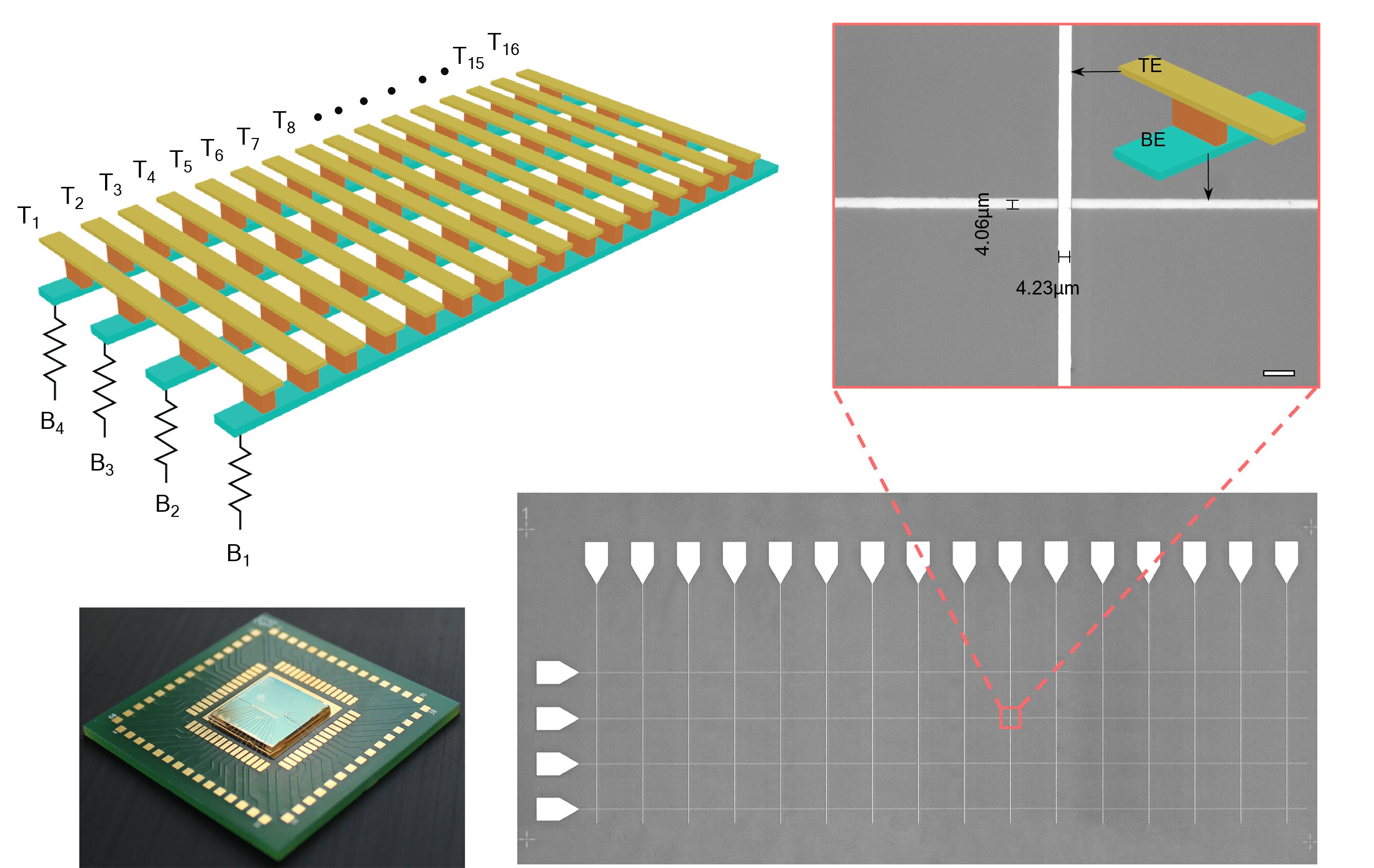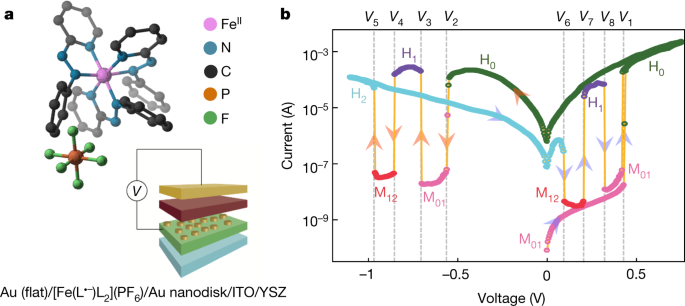
The massive growth of data centers that consume enormous amounts of energy has contributed significantly to power shortages worldwide. With rising demand for faster and more intelligent computers and devices, there is a pressing need to develop alternatives to traditional electronic components that will make these devices more energy-efficient.
In two recent studies, researchers at the Centre for Nano Science and Engineering (CeNSE), IISc, report the development of a highly energy-efficient computing platform that offers promise in building next-generation electronic devices.
Instead of using complementary metal-oxide semiconductors (CMOS) which are the building blocks of most electronic circuits today, th...
Read More









Recent Comments